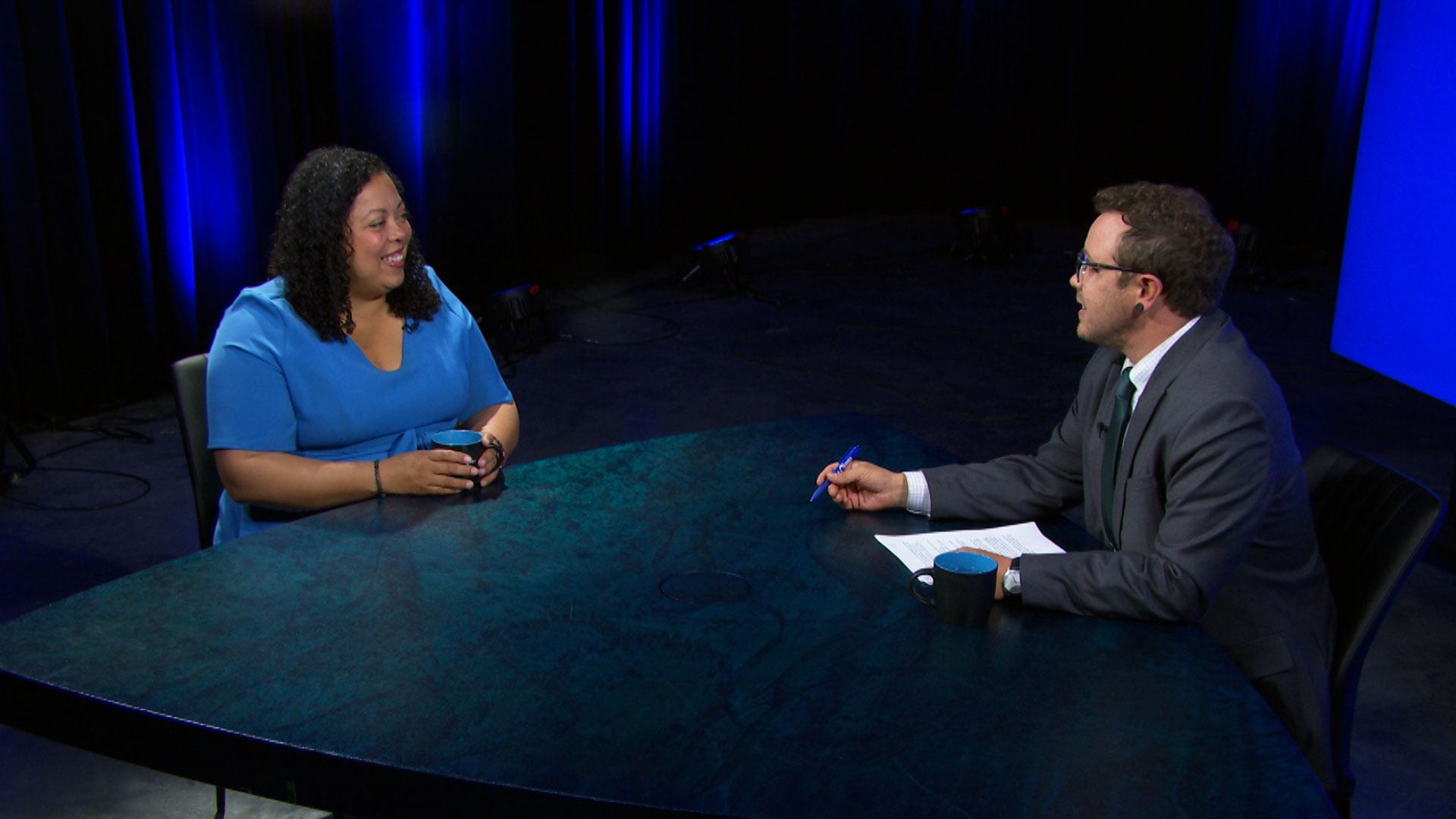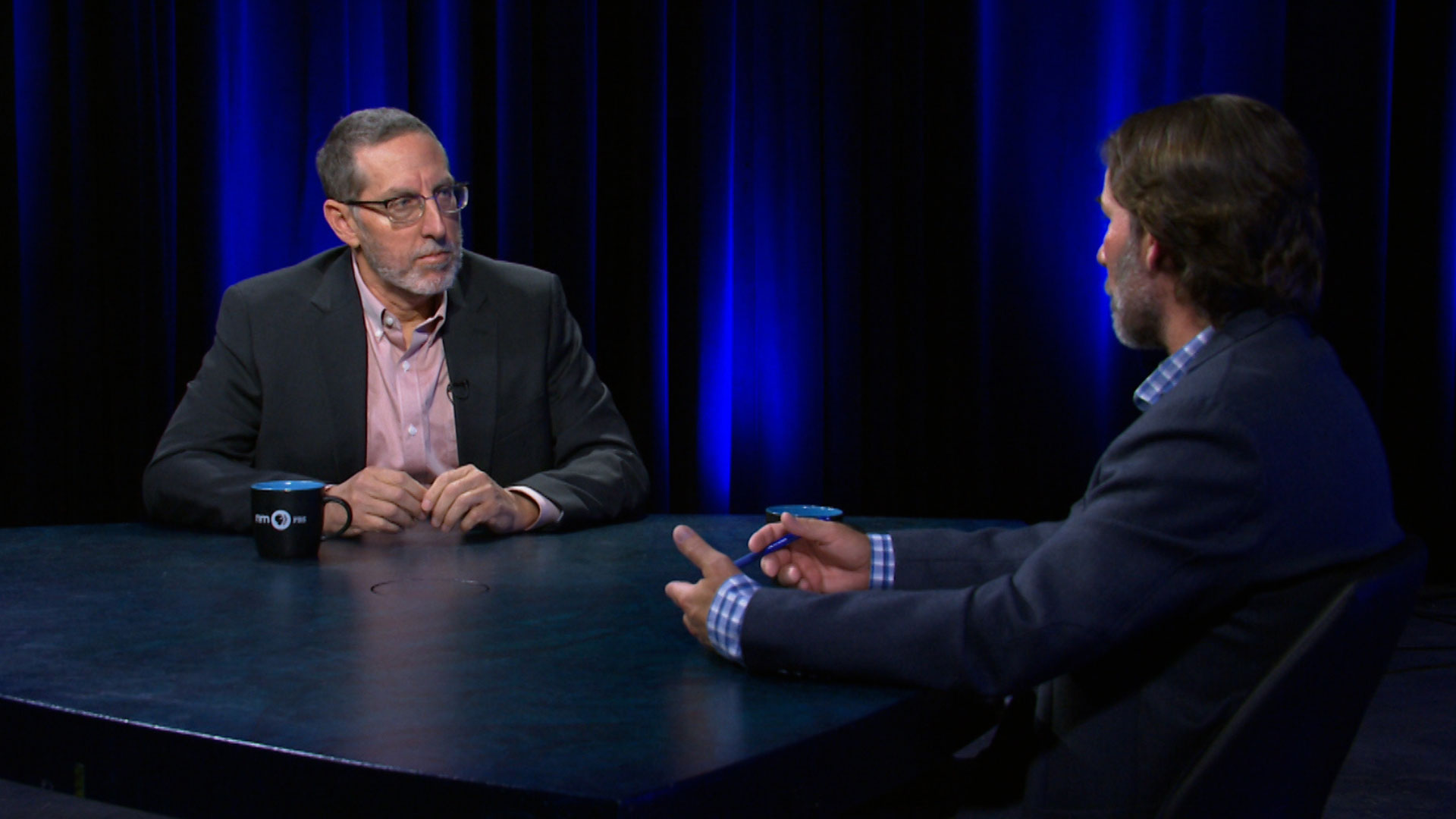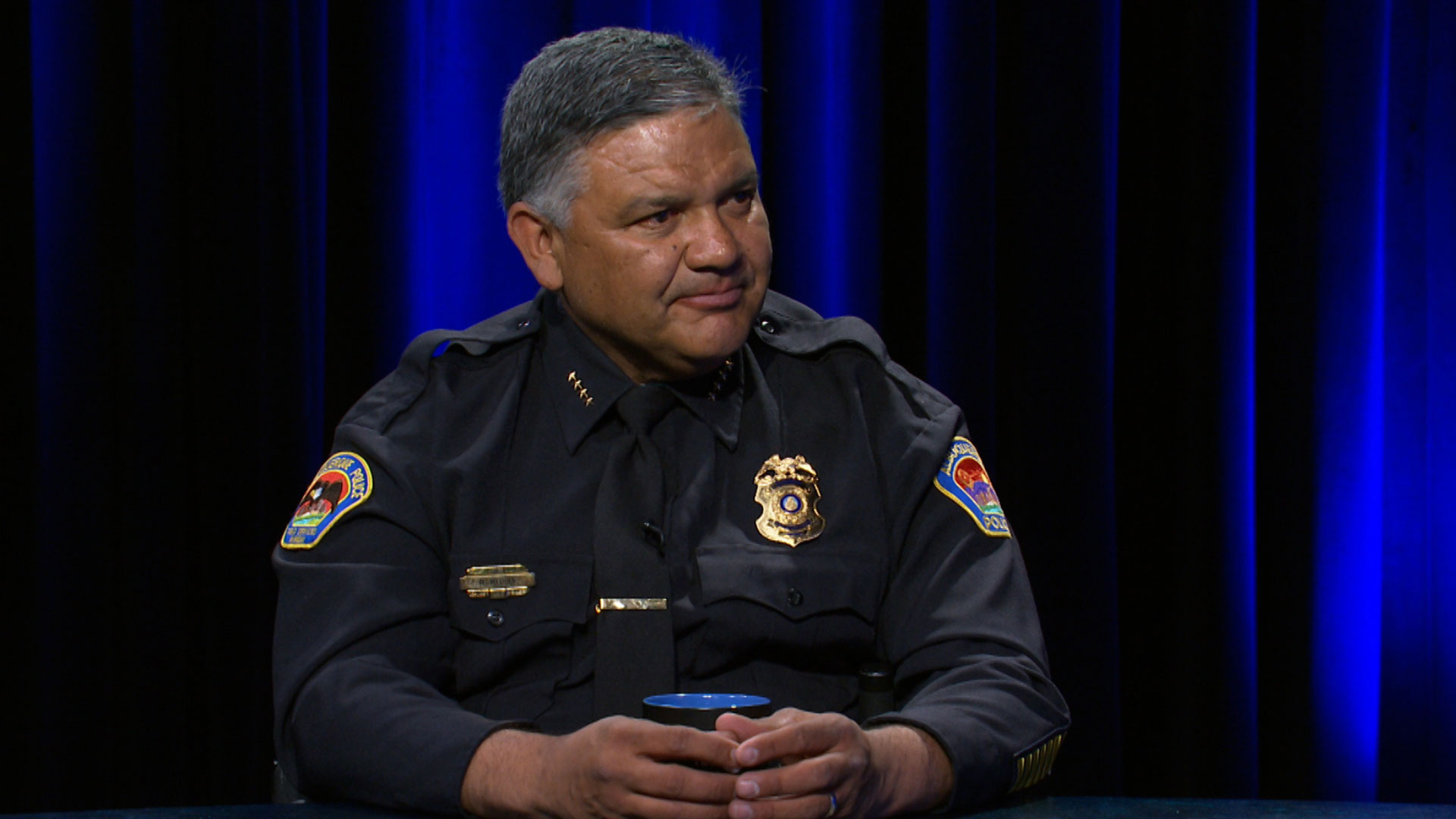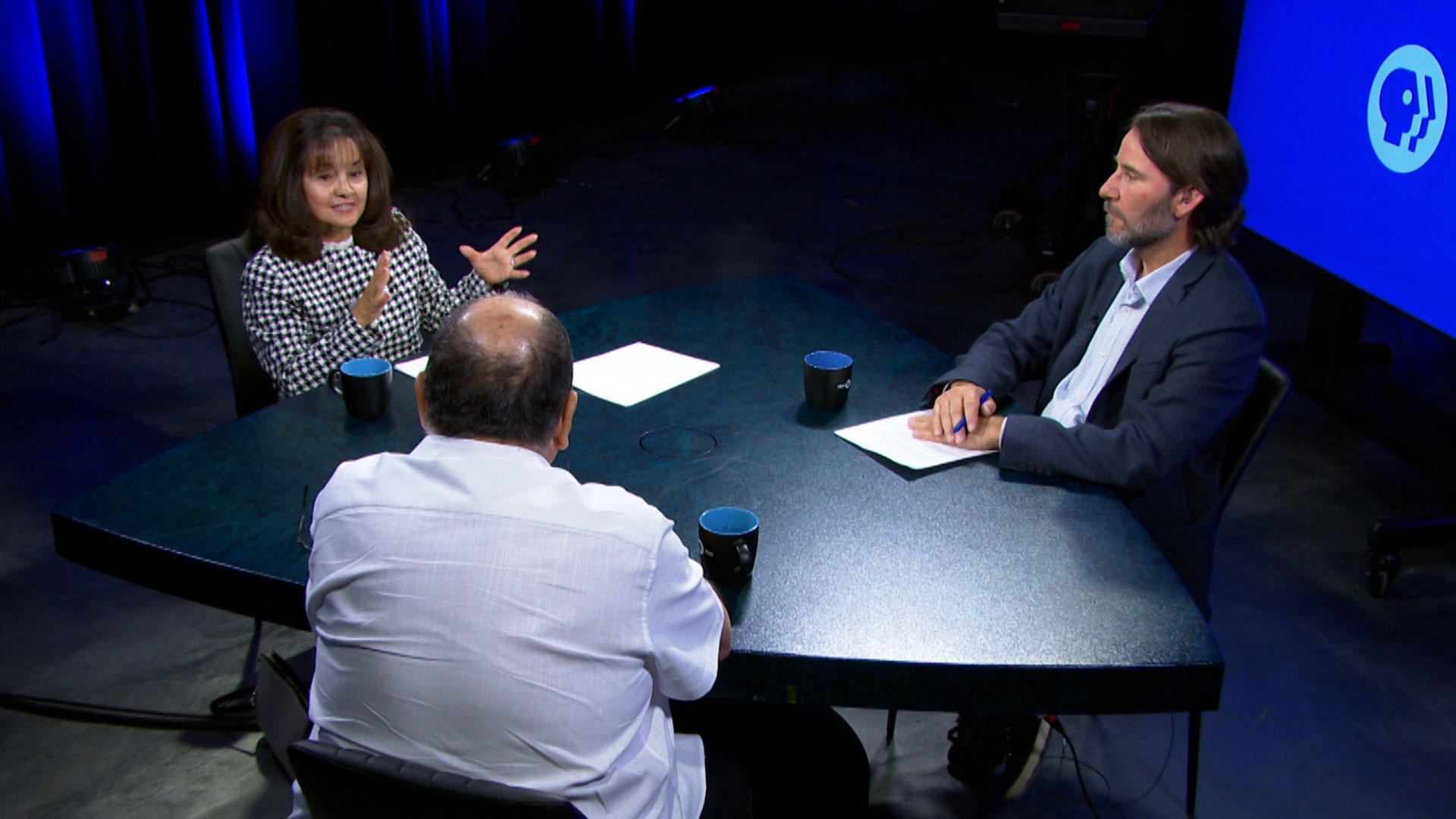The 11-Year Police Reform Effort in Albuquerque Should Not End ‘With a Whimper’

I have written many thousands of words about police violence in Albuquerque, the city that has allowed me space to make a home for 23 years — nearly half my life.
The bulk of those appeared in the Albuquerque Journal, where I covered the criminal legal system from 2004 through 2013. My focus narrowed around 2009, when an unignorable picture began to clarify: Police officers in this city shot a lot of people, killing most of them.
No one kept national databases on police killings back then, but I had my own list and, based on the rudimentary national comparisons I was able to make, the Albuquerque Police Department appeared to have one of the country’s highest rates of fatal police shootings in 2010.
I kept writing.
Rumblings began in 2011 that the U.S. Department of Justice was considering an investigation into whether APD had what’s known in federalese as a “pattern and practice” of violating residents’ constitutional rights through the use of excessive force. Justice Department officials made it official at a news conference on Nov. 27, 2012.
(Quick aside: I’d link to some of my work from back in those days but, sadly, a previous Journal editor migrated the entire, pre-2020 archive to newspapers.com, which requires a subscription fee. Here is a piece I wrote while working as an investigative producer for KRQE-TV the year after I left the Journal — I had to fish it out of the Wayback Machine because most of the station’s old stuff has also been memory-holed, but it’ll give you a flavor of what I was up to a decade-plus ago.)
DOJ higher-ups announced the investigation’s conclusion at another news conference, this one on April 10, 2014. That same day, the feds issued a damning, 46-page findings letter. It stated APD officers had not only been systematically violating the Constitution, but department brass’ and City Hall’s “lack of internal oversight (had) allowed a culture of aggression to develop.”
It would be impossible to overstate the weight of all this. For years, the families of police violence victims and other concerned community members had packed City Council meetings, demanding change. There were sit-ins at the Mayor’s Office. Massive street protests, the size of which had not been seen in Albuquerque for a generation, erupted — some ending in clouds of tear gas, beaten demonstrators and arrests.
Even the local commercial television stations, so often aligned with police perspectives and narratives, were zeroing in on shootings and other instances of excessive force.
This was all before the highly publicized police-violence protests in Ferguson, Missouri, before then-Minneapolis officer Derek Chauvin murdered George Floyd on camera in a city street, before that long, hot summer of reckoning in 2020.
In Albuquerque, civic outrage over violent police encounters had already simmered and boiled over.
City residents seemed to draw a deep, collective breath after the DOJ findings letter dropped and, eventually, led then-Mayor Richard Berry to sign an agreement with the feds, promising to fix his deeply broken police department in lieu of being forced to do so through a civil lawsuit in federal court. There were warnings that the Court Approved Settlement Agreement or, CASA, as it’s known colloquially, would be no panacea, no sure-fire salve for a culture so deeply rooted in APD.
But there was also hope.
Eleven years passed, most of them providing evidence that the road to reform was full of potholes, blocked at many intersections by towering blue barriers. The best way to mark the years is by reading the Independent Monitor reports on the Justice Department’s website. You’ll see from those documents that since 2022, APD appeared to be more regularly meeting federally mandated benchmarks — despite persistently high rates of police shootings in the city.
The CASA mandated that APD be in full compliance with its requirements for two years in order to dismiss it. The city never reached that threshold. Still, a couple of weeks ago, Mayor Tim Keller’s administration and Civil Rights Division lawyers in President Donald Trump’s newly minted Justice Department filed a motion asking U.S. District Judge James Browning to do just that.
Browning signed the order on May 12.
I was surprised to see so little news coverage of what was, to me, such a massive event. The Keller Administration issued a somewhat celebratory news release, and most of the major news organizations around the state got the dismissal into the public record. But as one journalist friend remarked, “It’s dying with a whimper.”
That didn’t sit right with my team at New Mexico in Focus. So, we decided to dedicate a two-part series exploring a couple of key questions. This week’s show explores how the CASA came about, what it took to get out from under it and, most importantly, whether it worked to change that “culture of aggression” Justice Department investigators identified at APD so long ago. Next week, we will look ahead: What’s next for the department now that the feds have pulled up stakes and left town, and what will it take to ensure the department doesn’t slide back to the dark days of the early 2010s?
Police Chief Harold Medina sat with Nash Jones, our host, for nearly 50 minutes to answer these and other questions. As with the other interviews we conducted, you’ll see that conversation in two parts. City Councilor Nichole Rogers questioned the timing of the CASA’s end and talked with Nash about how the city’s legislative branch must hold APD accountable in the post-DOJ era. And Albuquerque-based civil rights lawyer Mark Fine, whose firm has represented the families of many people slain by APD, offered a hopeful assessment of the “scaffolding” the settlement agreement put in place, then described the enormous task ahead for city leaders to ensure it does not crumble.
It was deeply important — vital, even — that we remember what all of this was about: people directly impacted by police violence in this city.
On April 12, 2011, APD detectives CJ Brown and Richard Hilger jumped a wall into a back yard in Taylor Ranch. Neither was wearing a police uniform. Within minutes, Brown shot 27-year-old Christopher Torres three times in the back, killing him. Torres had been living with schizophrenia for years.
In 2014, a state judge ruled that the officers themselves created the danger — and they’d lied about what happened in that back yard — and ordered the city to pay Christopher’s parents, Steve and Renetta Torres, $6 million to settle a lawsuit. By then, they’d become among the city’s most prominent voices in a swelling movement pushing for reform at APD — and the circumstances surrounding Christopher’s death connected deeply to nearly every aspect of the rot that had swept through the department’s culture.
I’ve known the Torreses for many years through my reporting but had not spoken with them since 2019 or so. I badly wanted viewers to hear their perspective, now that the CASA is gone, and was grateful when they agreed to an interview. This week’s episode begins with a conversation about what they lost that day 14 years ago and what it took to make the federal government step in at APD; next week’s show will end with their message to other families who are living now and will live in the future with what they’ve experienced for nearly a decade and a half.
I hope you’ll listen.
-Jeff Proctor, Executive Producer
-
The 11-Year Police Reform Effort in Albuquerque Should Not End ‘With a Whimper’
I have written many thousands of words about police violence in Albuquerque, the city that has allowed me space to…
-
City Councilor on Policing in International District
5.23.25 – City Councilor Nichole Rogers ran for her seat in 2023 in part on a platform of improving policing.…
-
Civil Rights Attorney on ‘Police Culture’ at APD
5.23.25 – Longtime civil rights lawyer Mark Fine has monitored the situation at APD for years. Fine joins Jeff tor…
-
APD Shooting Victim’s Parents on Their Push for Police Reform
5.23.25 – On April 12, 2011, two plainclothes APD detectives killed 27-year-old Christopher Torres, shooting him three times in the…





